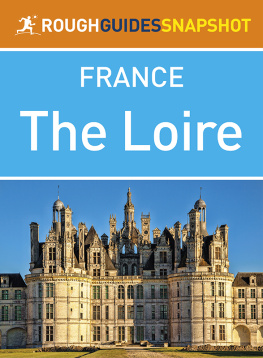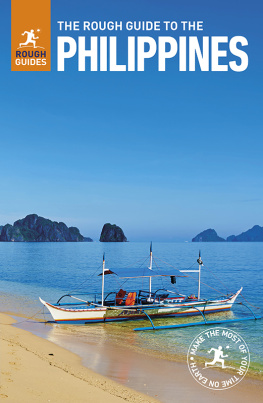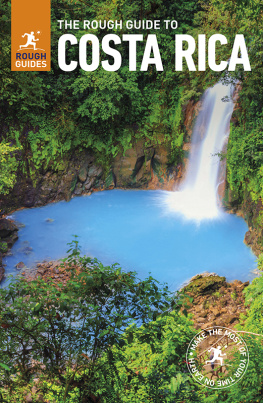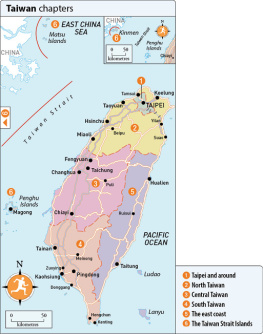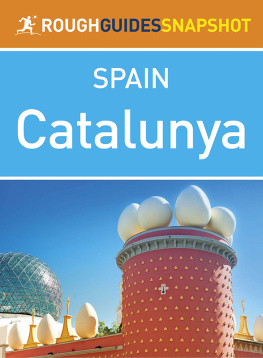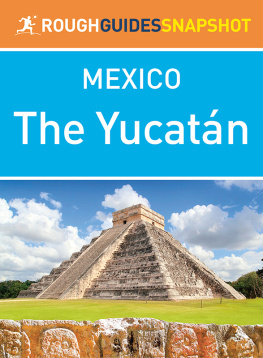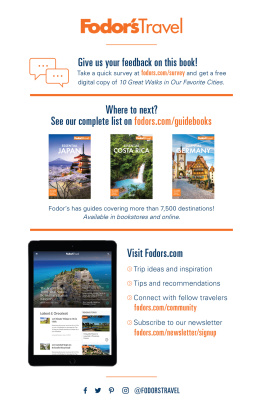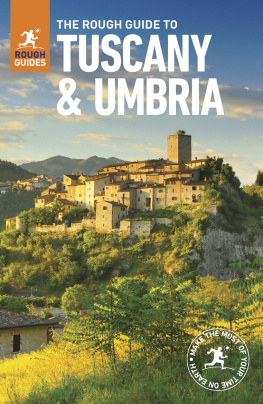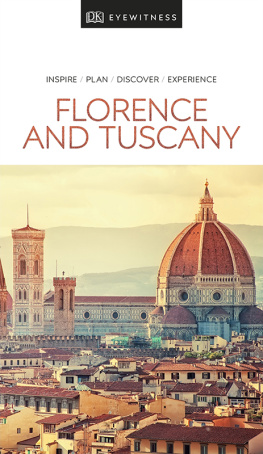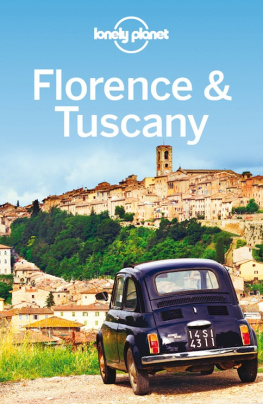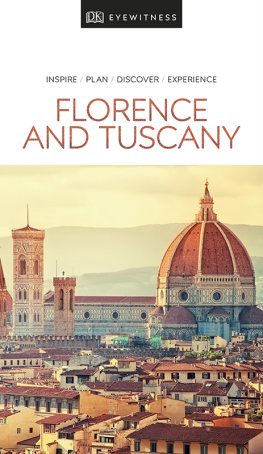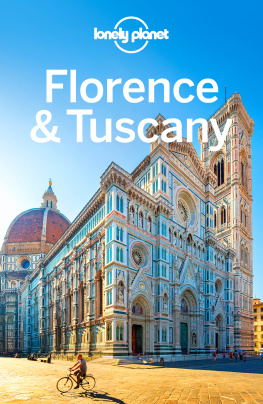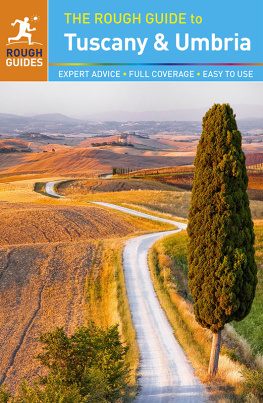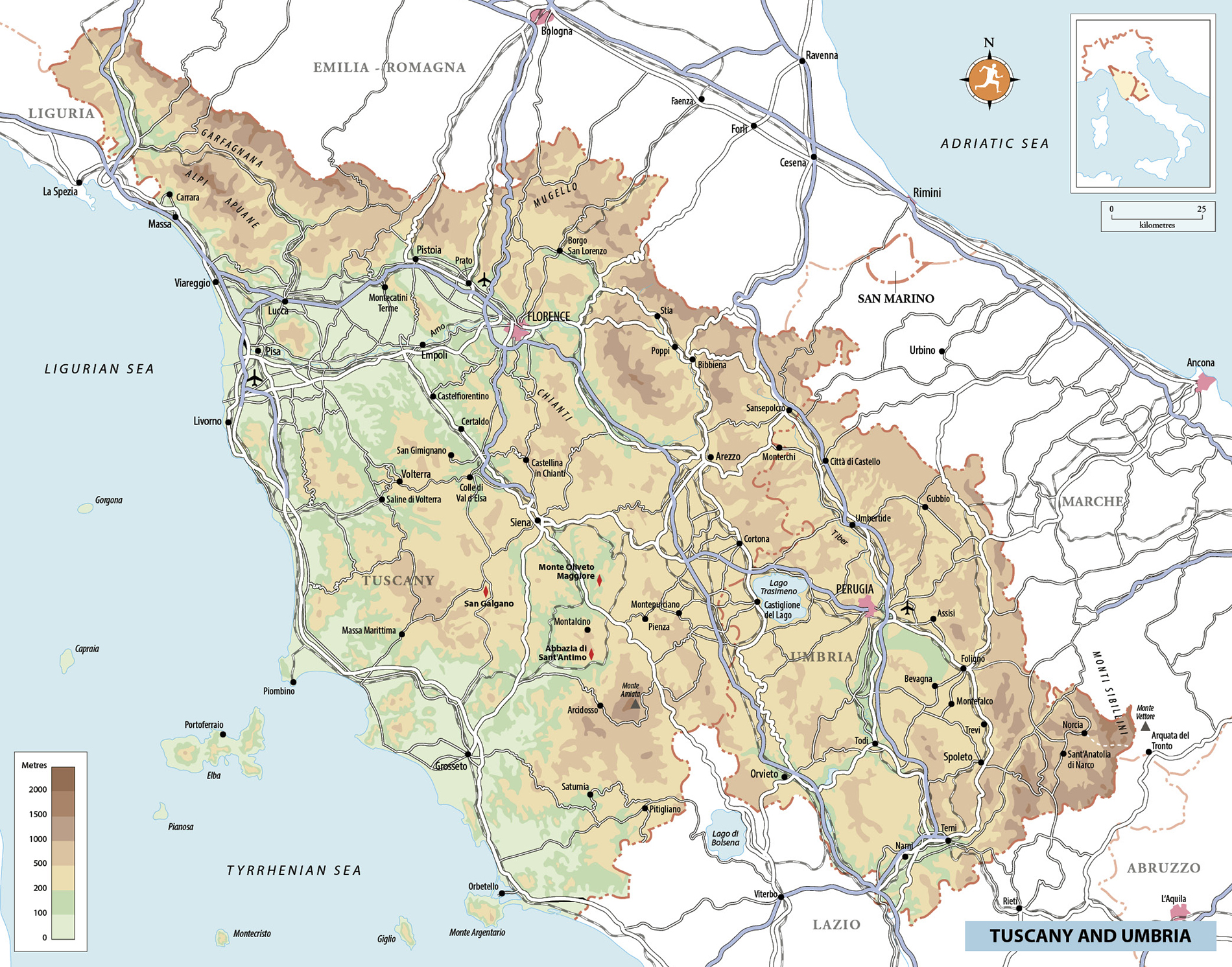Rough Guides - The Rough Guide to Tuscany & Umbria (Travel Guide eBook)
Here you can read online Rough Guides - The Rough Guide to Tuscany & Umbria (Travel Guide eBook) full text of the book (entire story) in english for free. Download pdf and epub, get meaning, cover and reviews about this ebook. year: 2022, publisher: Rough Guides, genre: Science / History. Description of the work, (preface) as well as reviews are available. Best literature library LitArk.com created for fans of good reading and offers a wide selection of genres:
Romance novel
Science fiction
Adventure
Detective
Science
History
Home and family
Prose
Art
Politics
Computer
Non-fiction
Religion
Business
Children
Humor
Choose a favorite category and find really read worthwhile books. Enjoy immersion in the world of imagination, feel the emotions of the characters or learn something new for yourself, make an fascinating discovery.

- Book:The Rough Guide to Tuscany & Umbria (Travel Guide eBook)
- Author:
- Publisher:Rough Guides
- Genre:
- Year:2022
- Rating:4 / 5
- Favourites:Add to favourites
- Your mark:
The Rough Guide to Tuscany & Umbria (Travel Guide eBook): summary, description and annotation
We offer to read an annotation, description, summary or preface (depends on what the author of the book "The Rough Guide to Tuscany & Umbria (Travel Guide eBook)" wrote himself). If you haven't found the necessary information about the book — write in the comments, we will try to find it.
Practical travel guide to Tuscany & Umbria featuring points-of-interest structured lists of all sights and off-the-beaten-track treasures, with detailed colour-coded maps, practical details about what to see and to do in Tuscany & Umbria, how to get there and around, pre-departure information, as well as top time-saving tips, like a visual list of things not to miss in Tuscany & Umbria, expert author picks and itineraries to help you plan your trip.
The Rough Guide to Tuscany & Umbria covers: Florence, around Florence, Lucca and Northern Tuscany, Pisa, the Central Coast and Elba, the Maremma, Siena, the Sienese hill towns, Southern Tuscany, Arezzo Province, Perugia and Northern Umbria, Assisi and the Vale of Spoleto, Spoleto and the Valnerina, and Orvieto and Southern Umbria
Inside this travel guide youll find:
RECOMMENDATIONS FOR EVERY TYPE OF TRAVELLER
Experiences selected for every kind of trip to Tuscany & Umbria, from off-the-beaten-track adventures in Perguia and Northern Umbria to family activities in child-friendly places, like Pisa or chilled-out breaks in popular tourist areas, like Florence.
PRACTICAL TRAVEL TIPS
Essential pre-departure information including Tuscany & Umbria entry requirements, getting around, health information, travelling with children, sports and outdoor activities, food and drink, festivals, culture and etiquette, shopping, tips for travellers with disabilities and more.
TIME-SAVING ITINERARIES
Carefully planned routes covering the best of Tuscany & Umbria give a taste of the richness and diversity of the destination, and have been created for different time frames or types of trip.
DETAILED REGIONAL COVERAGE
Clear structure within each sightseeing chapter includes regional highlights, brief history, detailed sights and places ordered geographically, recommended restaurants, hotels, bars, clubs and major shops or entertainment options.
INSIGHTS INTO GETTING AROUND LIKE A LOCAL
Tips on how to beat the crowds, save time and money and find the best local spots for sightseeing, wine tasting and eating out.
HIGHLIGHTS OF THINGS NOT TO MISS
Rough Guides rundown of Lucca, the Maremma, Siena, and the Arezzo Provinces best sights and top experiences helps to make the most of each trip to Tuscany & Umbria, even in a short time.
HONEST AND INDEPENDENT REVIEWS
Written by Rough Guides expert authors with a trademark blend of humour, honesty and expertise, to help to find the best places in Tuscany & Umbria, matching different needs.
BACKGROUND INFORMATION
Comprehensive Contexts chapter features fascinating insights into Tuscany & Umbria, with coverage of history, religion, ethnic groups, environment, wildlife and books, plus a handy language section and glossary.
FABULOUS FULL COLOUR PHOTOGRAPHY
Features inspirational colour photography, including the stunning Cathedral of Santa Maria del Fiore and the spectacular leaning tower of Pisa.
COLOUR-CODED MAPPING
Practical full-colour maps, with clearly numbered, colour-coded keys for quick orientation in Assisi and the Vale of Spoleto, Orvieto and Southern Umbria and many more locations in Tuscany & Umbria, reduce need to go online.
USER-FRIENDLY LAYOUT
With helpful icons, and organised by neighbourhood to help you pick the best spots to spend your time.
Rough Guides: author's other books
Who wrote The Rough Guide to Tuscany & Umbria (Travel Guide eBook)? Find out the surname, the name of the author of the book and a list of all author's works by series.

